Kawasaki’s Anti-Submarine Plane
As an archipelago nation with nearly 7,000 islands, the Japanese Navy (JMSDF) plays a crucial role in keeping an eye out at sea, protecting territorial integrity and safe navigation.
The JMSDF is tasked to conduct daily surveillance over a vast area of water, and especially puts emphasis on anti-submarine warfare – a bitter lesson from WW2 where Japanese sea-lanes were devastated by US submarines.
To achieve this objective, the JMSDF currently operates a fleet of maritime patrol aircrafts, consisting of the Lockheed P-3C Orion and the new Kawasaki P-1. The latter was introduced in 2013 as the successor to the longtime serving P-3Cs, and is deemed as one of Japan’s top high-spec weapons.
- General Overview
Length 38m (124.7ft) Wingspan 35.4m (116.1ft) Height 12.1m (39.7ft) Crew 11 people Maximum Speed 996km/h (620mph) Operational Range 8,000km (4,970miles) Service Ceiling 13,520m (44,356ft) Armament Anti-Submarine Torpedos
Depth Charges
Air-to-Surface missiles
Air-to-Ship missilesUnit Price 200 million USD
The Kawasaki P-1 was developed alongside the C-2 military transport, sharing approximately 25% of the main components to reduce costs. Owing to such compatibility, the P-1 initially suffered the same issues as the C-2 transport during development, such as cracks in the fuselage and other small components.
Although these defects were ultimately resolved, it undoubtedly stained the P-1’s first impression with some critics even calling the plane a “failure”. But, since the P-1s now have a decade-long record of safe operation, such criticism seems to have been either misguided or impulsive.
Just to set the record straight, there are now around 35 P-1s in service alongside the same number of P-3Cs, and none have experienced any major incidents so far.
Enhanced Avionics and Flight Range
Moving on to the specific details, the P-1 is equipped with four turbofan engines which is more fuel-efficient and actually quieter than the P-3C’s turboprop engines. This enables the P-1 to fly longer distances, minimize transit times, and evade acoustic detection by submerged submarines.
As an interesting feature, the P-1 is the first operational aircraft in the world to adopt the “fly-by-wire (fly-by-optics)”control system – a computer assisted flight system that uses optical fiber cables instead of conventional metal wiring to improve maneuverability while also mitigating electro-magnetic disturbances.
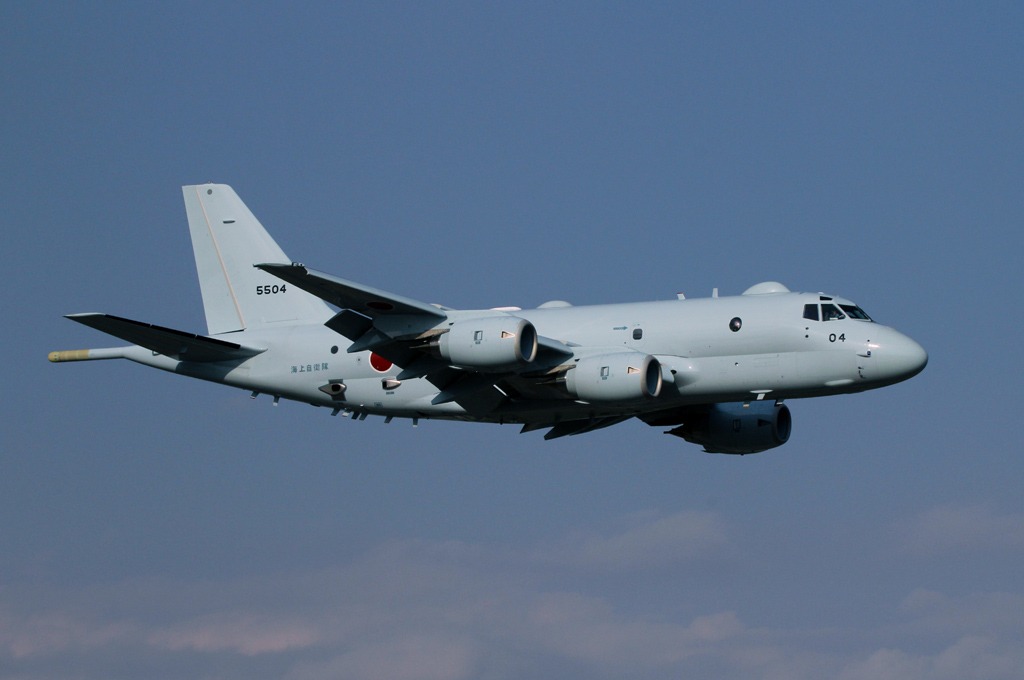 Larger than the P-3C, but easier to maneuver? (photo: JMSDF)
Larger than the P-3C, but easier to maneuver? (photo: JMSDF)
Basically, the P-1 is easier to pilot and can perform excellent stability at low-speed/low-altitude flight, which is an essential feature for maritime surveillance.
Thanks to these avionic improvements, the P-1 can fly up to ten consecutive hours, and the interior is equipped with resting spaces and microwave ovens for the long flights ahead (microwaves were not permitted on the P-3Cs due to electromagnetic interference).
Advanced Patrol & ASW Capabilities
So how does the P-1 perform in its maritime patrol duties?
First, the P-1 is installed with new infrared/optical sensors as well as an active radar that provides a 240 degree cover. This enables the craft to detect small targets from a long distance and high altitude, making it more suitable for coping with piracy or covert operations on sea.
Needless to say, the P-1 possesses high anti-submarine capabilities to accomplish its primary goal of hunting enemy submarines. Through the combination of acoustic detecting systems, magnetic anomaly detector (MAD), and deployable sonobuoys, the aircraft is more than capable of tracking down submerged submarines.
In anticipation of a long pursuit, the P-1 can easily reload all 38 sonobuoys mid-flight whereas the P-3C could only reload three.
The latest batch of P-1s are even installed with a new combat system using artificial intelligence (AI) to assist the crew, enabling smoother coordination with the SH-60K helicopters and reducing the operator’s burden.
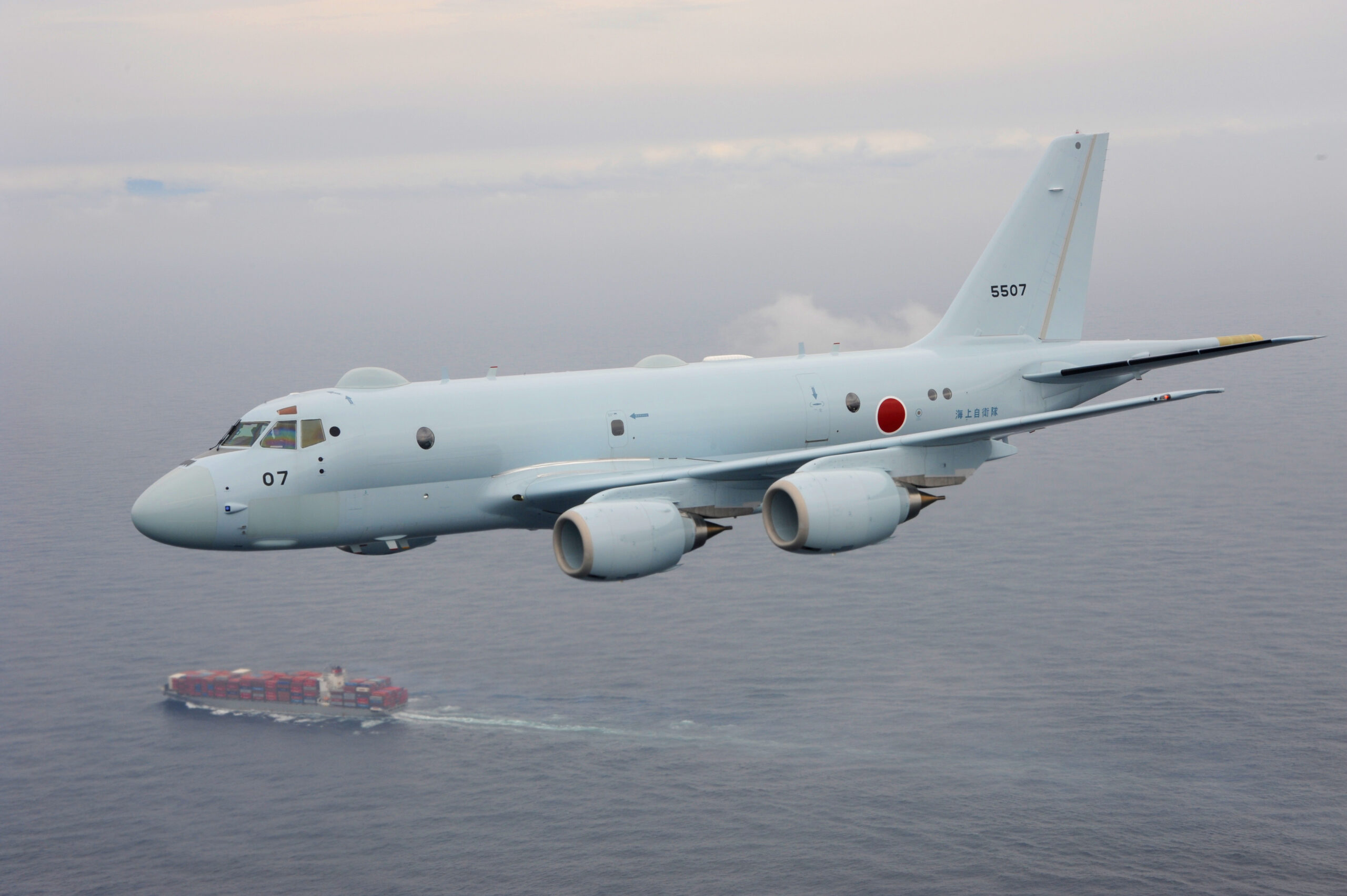 A Kawasaki P-1 on patrol duty (photo: JMSDF)
A Kawasaki P-1 on patrol duty (photo: JMSDF)
After successful detection, the gathered information will be processed, identified and evaluated by a sophisticated combat intelligence system, and can be relayed to other vessels or aircrafts.
In the case of actual warfare, the P-1 will attack the submarine with 9,000kg/20,000lb worth of torpedos or depth-charges. It can also carry up to eight air-to-surface missiles, including the Harpoon anti-ship missiles and the Maverick missiles, but since the latter’s range is only 30km/18.6miles, it is unlikely the P-1 would risk such close engagement.
To-Be-Replaced By UAVs?
In an effort to replace the aging P-3Cs, a total of 70 Kawasaki P-1s are expected to be produced for the JMSDF.
They have certainly become an indispensable asset for the JMSDF, conducting routine patrols both at home and abroad, but the Ministry of Defense has hinted the possibility of reducing the number and replacing it with the SeaGuardian UAVs.
This is likely due to the P-1’s expensive price of 200million USD per unit, but there seems to be no way out of this impasse. Attempts to reduce the unit price via export has been unsuccessful so far, with countries showing interest ultimately choosing the US-made P-8 Poseidon.
Nevertheless, the Kawasaki P-1 is expected to survive for the time being, and rumors regarding the next maritime patrol aircraft are already circulating throughout the defense industry.

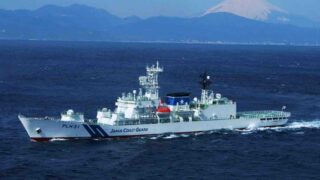
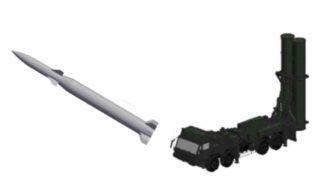
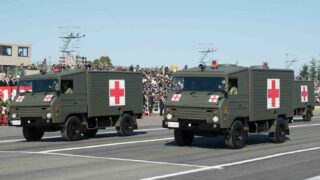
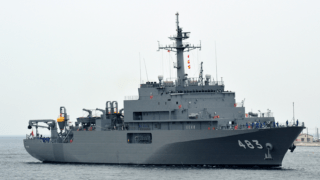
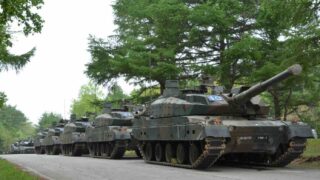
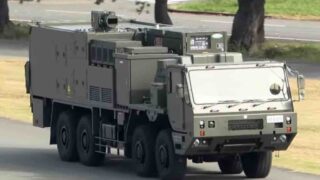
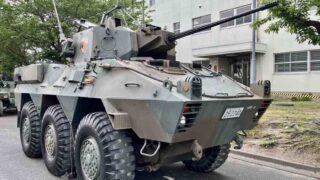

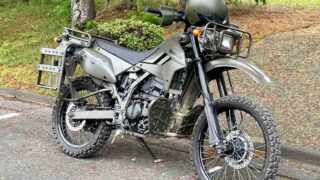
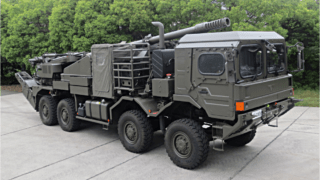
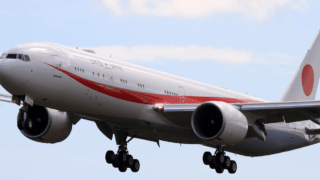
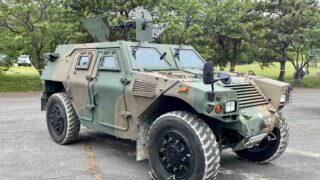
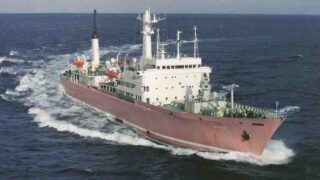
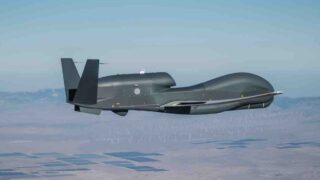
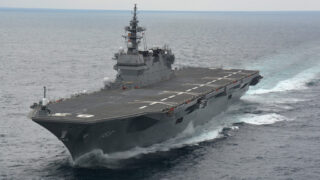
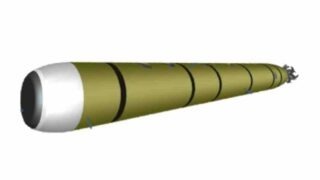
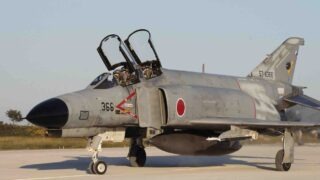
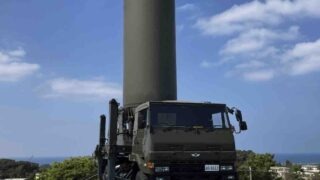
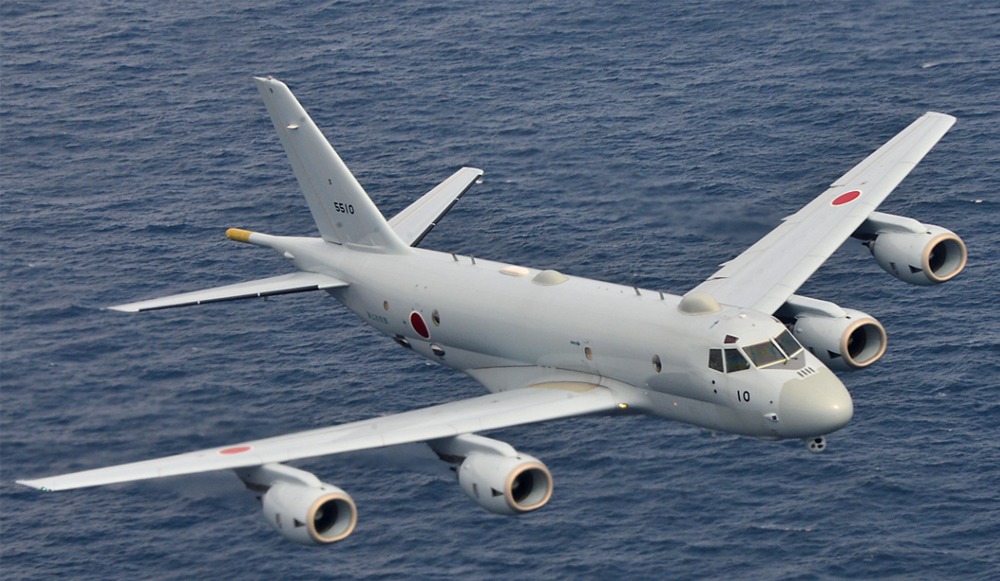
Comments